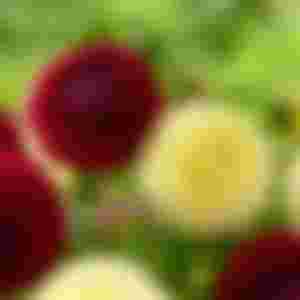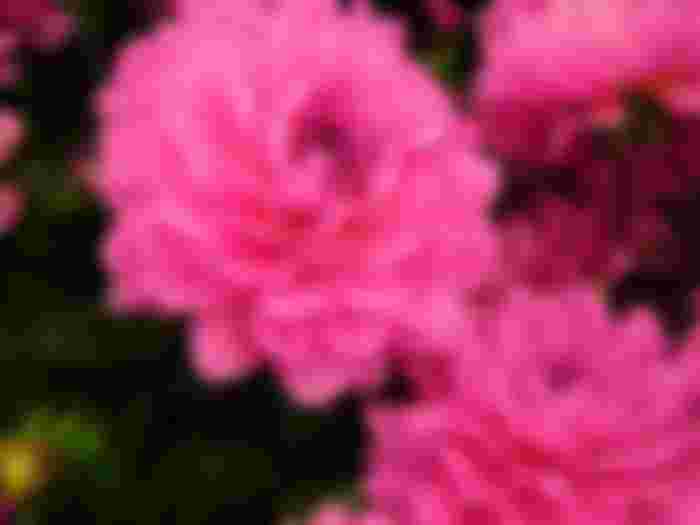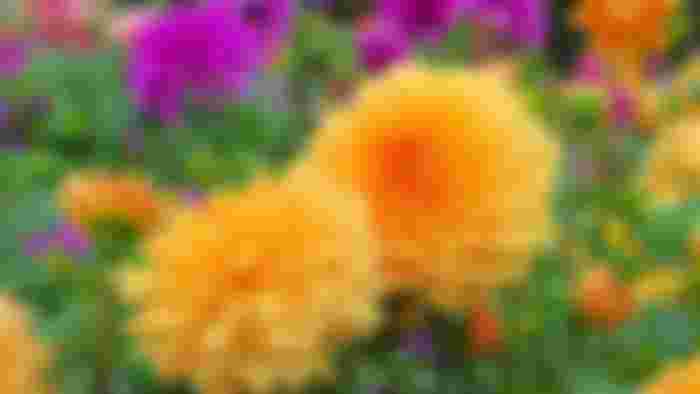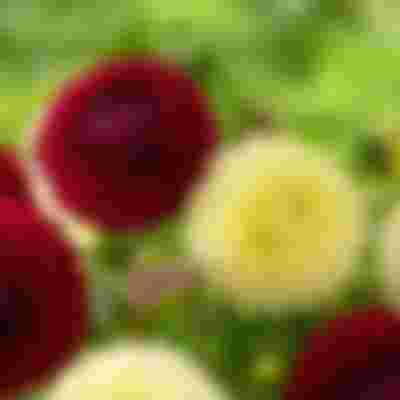How to cultivate dahlia

Dahlia is a beautiful flower. It belongs to the composite family.
Its original home is in Guatemala, Mexico.
Dahlia flowers can also be cultivated in Bangladesh.
Let's not know the rules of dahlia cultivation
Naming

A man named Lordbooty first brought dahlia flowers from Spain to
England. Seeing the flower, Swedish botanist Andreas Gustav Dal named it Dalia after himself.

Class
Dahlia belongs to 11 classes. Although not all types of flowers are available in Bangladesh, several types of dahlias can be cultivated.

Born
Improved varieties include Single, Star, Animen Forward, Coloret, Peony Forward, Formal Decorative, In Formal Decorative, Double Show Fancy, Pompon, Royal Vine, Cactus, Variety Girl etc.

Soil
Fertile loamy soils or loamy loamy soils are good for dahlia cultivation.
In shady places the trees become weak and tall, the flowers are short and short and the brightness of the color decreases. As a result, dahlia should be cultivated in lands that get adequate sunlight.

Climate
To cultivate dahlia, measures have to be taken according to the weather. There is no need to water from the day it rains as long as the soil is moist. When the soil becomes dry in hot weather, it is necessary to increase the amount of water to make the soil moist. Because dahlia trees need moist soil. However, if the soil becomes too wet and muddy, it will not be very beneficial for the plant. That arrangement should be made in the case of tub trees. It is better to have a canopy over the trees during the rainy season or to keep the canopy under a canopy. In the case of tub trees, the soil should be kept moist with water on a daily basis.

Propagation
Dahlia seeds, root tubers, pulse cuttings and in some cases even twin cuttings.

Root tuber
The root tuber grown at the base of the dahlia tree is used to make seedlings the following year. At the end of flowering in the month of Falgun-Chaitra, when the tree becomes dull and the leaves and stems dry out, the tuber matures and becomes suitable for collection. The tubers have to be picked up intact from the ground and dried in the air for a day or two and stored in dry sand like potatoes.


Then in the month , the tubers are planted in a seedbed or tub mixed with half soil and half sand and sprinkled with a little water, new seedlings emerge from the tuber's eyes within a few days. When the seedlings are two to five centimeters long, the root tuber can be cut into pieces along with the seedlings and planted in the designated land or in tubs.

Pulses pen



Dahlia pulses can be grafted from Ashwin in the month of Agrahayan. At this time the young seedlings or twigs growing in the root tuber have to be cut or broken

along with the git. In addition, 15-20 cm long nutritious stalks and stalks growing next to the stems or stems can be collected.

Fertilizer

For every 100 sq m of land, 200 kg of dung, 3 kg of wood ash and 2 kg of TSP fertilizer should be mixed well with the soil. It is better to increase the amount of dung in heavy soils. To cultivate dahlia in tubs, 2 parts loamy soil, 2 parts sand, 2 parts wood ash, 1 part leaf rot manure, 1 part dung, 1 part khail and 1 part TSP fertilizer are used to make soil.

Planting seedlings
In dahlia cultivated land, one sapling should be planted in rows at a distance of 80 to 90 cm depending on the variety. It is better if the size of the tub is 25 cm.
















Improved varieties include Single, Star, Animen Forward, Coloret, Peony Forward, Formal Decorative, In Formal Decorative, Double Show Fancy, Pompon, Royal Vine, Cactus, Variety Girl etc.